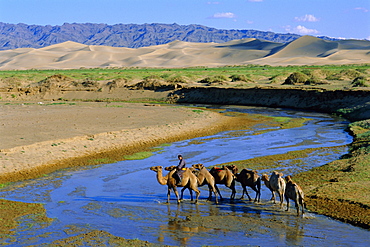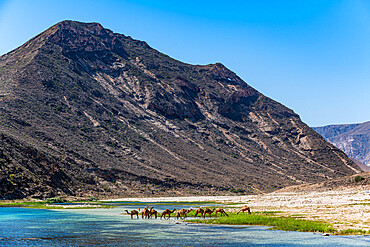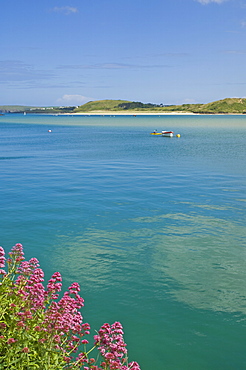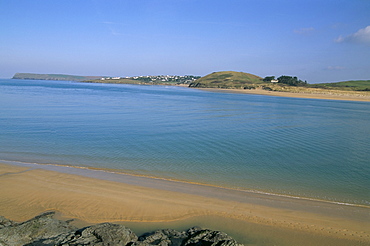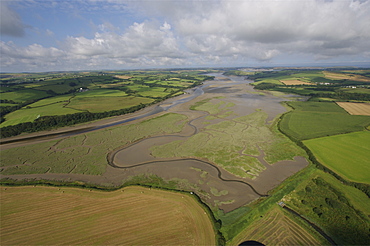Results
16 results found
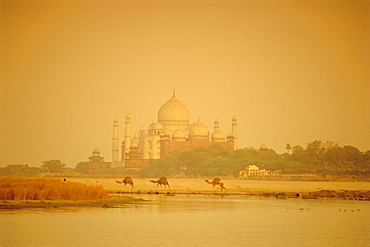
The Taj Mahal, built by the Moghul emperor Shah Jehan (Jahan) seen from across the Jumna (Yamuna) River, Agra, Uttar Pradesh, India
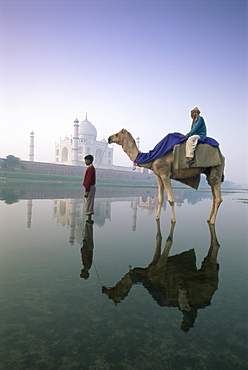
Camel in front of the Taj Mahal and Yamuna (Jumna) River, Taj Mahal, UNESCO World Heritage Site, Agra, Uttar Pradesh state, India, Asia
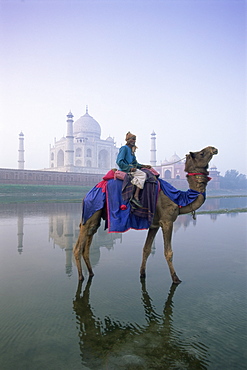
Camel and rider in front of the Taj Mahal and Yamuna (Jumna) River, Taj Mahal, UNESCO World Heritage Site, Agra, Uttar Pradesh state, India, Asia
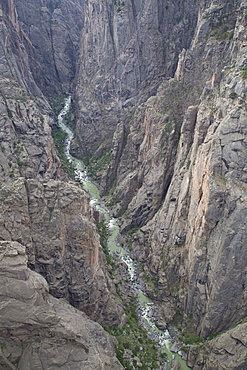
Gunnison River deep in the canyon from Kneeling Camel View Point, Black Canyon of the Gunnison National Park, Colorado, United States of America, North America
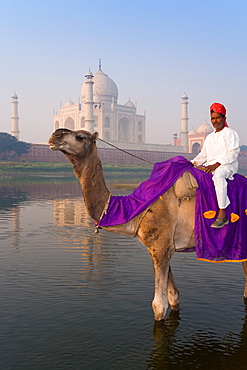
Man on camel in the Yamuna River in front of the Taj Mahal, UNESCO World Heritage Site, Agra, Uttar Pradesh, India, Asia
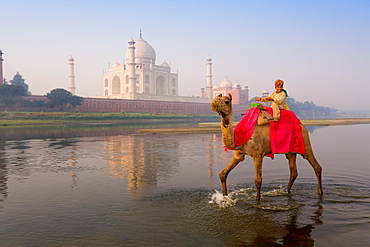
Boy riding camel in the Yamuna River in front of the Taj Mahal, UNESCO World Heritage Site, Agra, Uttar Pradesh, India, Asia
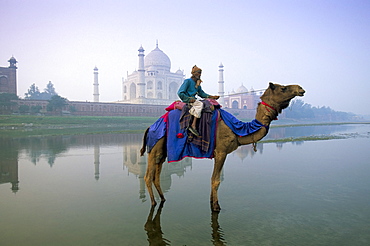
Camel by the Yamuna River with the Taj Mahal behind, UNESCO World Heritage Site, Agra, Uttar Pradesh state, India, Asia
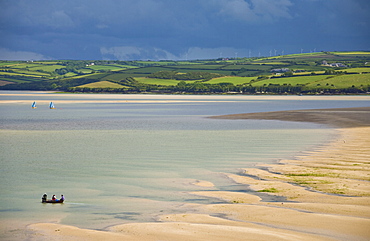
Small boats in the River Camel estuary near the Town bar sand bar, Padstow, North Cornwall, England, United Kingdom

Sand patterns and low tide at Harbour Cove, River Camel estuary mouth near Padstow, North Cornwall, England, United Kingdom

View of colourful market stalls at Nagaa Suhayl Gharb on the Nile river near Aswan, Aswan, Nubia, Egypt, North Africa, Africa
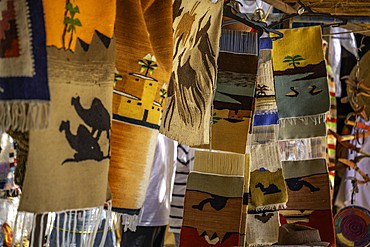
View of colourful souvenirs at Star Coffe Nubian on the Nile river near Aswan, Aswan, Nubia, Egypt, North Africa, Africa
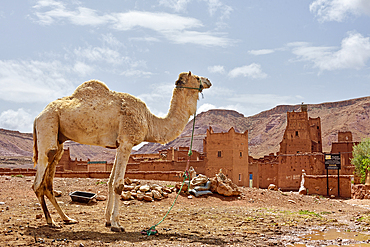
Camel in front of the Ksar of Tamedakhte, Ounila River valley, Ouarzazate Province, region of Draa-Tafilalet, Morocco
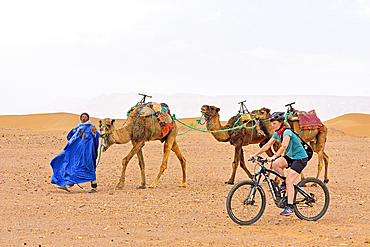
Mountain bikes and man offering camel ride at foot of Tinfou dunes, near Tamegroute, Draa River valley, Zagora Province, Draa-Tafilalet region, Morocco

People passing sign indicating direction of Timbuktu at 52 days by camel, Zagora, Draa River valley, Province of Zagora, Draa-Tafilalet region, Morocco

View of colourful architecture at Nagaa Suhayl Gharb on the Nile river near Aswan, Aswan, Nubia, Egypt, North Africa, Africa
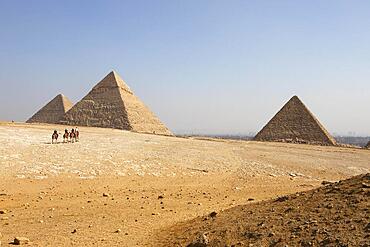
Camel riding on the west side of the pyramids, in the background in the haze the Nile Valley, Giza, Cairo, Egypt, Africa

Camelid (Camelidae) feeding on the west side of the pyramids, in the background in the haze the Nile Valley, Giza, Cairo, Egypt, Africa

The unique experience of visiting this beautiful desert on camels makes Wadi Rum a worthwhile stop on a visit to Jordan. Dozens of Beduin-run tours cater to tourism
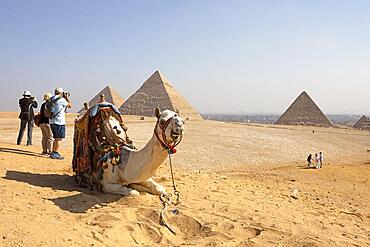
Camel and photographers on the west side of the pyramids, in the background in the haze the Nile Valley, Giza, Cairo, Egypt, Africa

Aerial panorama of the harbour village of Rock on the River Camel, St Minver Lowlands, North Cornwall, England, United Kingdom, Europe

Aerial view of Rock Beach, a sandbank in the River Camel near the village of Rock, with the village of Trebetherick on the horizon, North Cornwall, England, United Kingdom, Europe

Aerial view of the harbour town of Padstow on the River Camel, North Cornwall, England, United Kingdom, Europe
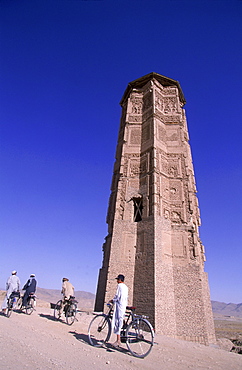
Men and boys on bikes ride past a towering, ancient minaret, outside of Ghazni, Afghanistan, October 1, 2002. Made of brick decorated with Kufic and Naksh Script and floral motifs, the minaret dates back to the early 12th century and was built by Sultan Masud III of the Ghaznavid Dynasty, who ruled over an empire encompassing much of Afghanistan, Northern India, Persia and Central Asia. The minaret was once three times as tall as its current 70 feet, and is thought to have been part of a large mosque complex. Now an important truck stop on the road to Kandahar, Ghazni, located on the Lora River at the elevation of 2,225 meters, is the capital of Ghazni province and is a market for sheep, wool, camel hair cloth, corn, and fruit-it also continues to be a haven for Taliban insurgents.

Afghan men pause on the road with an ancient brick minaret and many shrines in the background, outside of Ghazni, Afghanistan, October 1, 2002. Made of brick decorated with Kufic and Naksh Script and floral motifs, the minaret dates back to the early 12th century and was built by Sultan Masud III of the Ghaznavid Dynasty, who ruled over an empire encompassing much of Afghanistan, Northern India, Persia and Central Asia. The minaret was once three times as tall as its current 70 feet, and is thought to have been part of a large mosque complex. Now an important truck stop on the road to Kandahar, Ghazni, located on the Lora River at the elevation of 2,225 meters, is the capital of Ghazni province with a population of 35,900, and is a market for sheep, wool, camel hair cloth, corn, and fruit, and continues to be a haven for Taliban insurgents.

Men on bikes ride past an ancient brick minaret toward the old walls and citadel of the town of Ghazni, Afghanistan, October 1, 2002. Made of brick decorated with Kufic and Naksh Script and floral motifs, the minaret dates back to the early 12th century and was built by Sultan Masud III of the Ghaznavid Dynasty, who ruled over an empire encompassing much of Afghanistan, Northern India, Persia and Central Asia. The minaret was once three times as tall as its current 70 feet, and is thought to have been part of a large mosque complex. Now an important truck stop on the road to Kandahar, Ghazni, located on the Lora River at the elevation of 2,225 meters, is the capital of Ghazni province with a population of 35,900, and is a market for sheep, wool, camel hair cloth, corn, and fruit.
